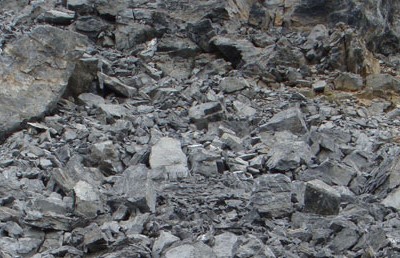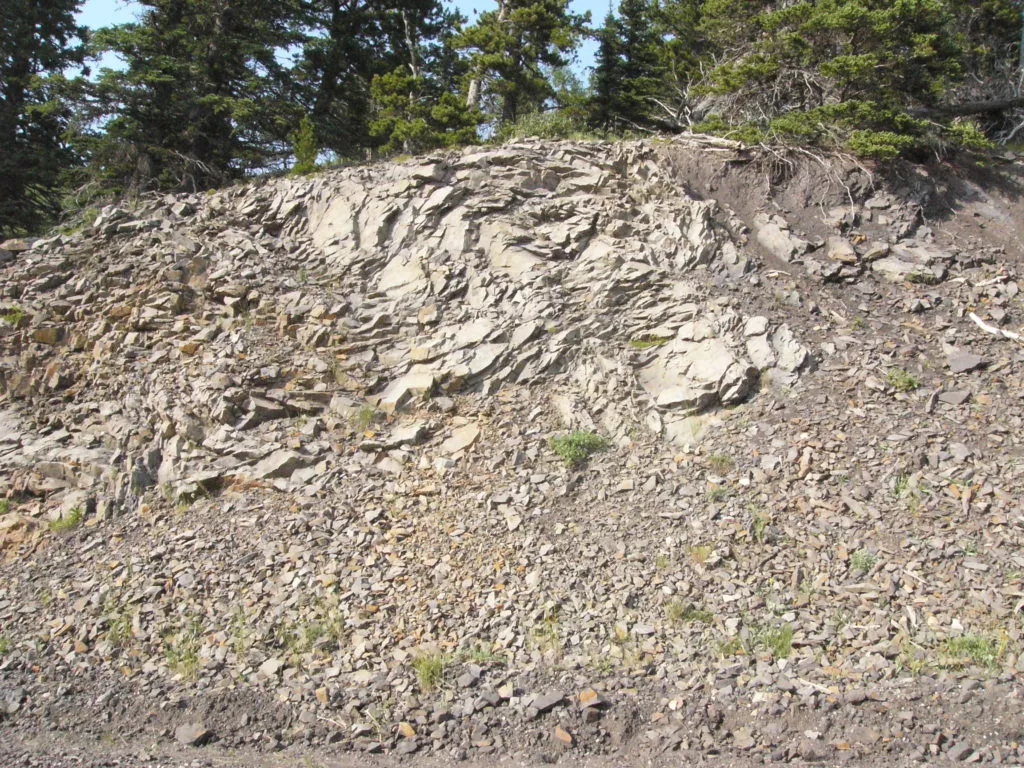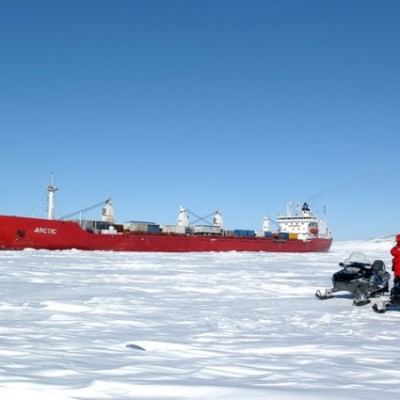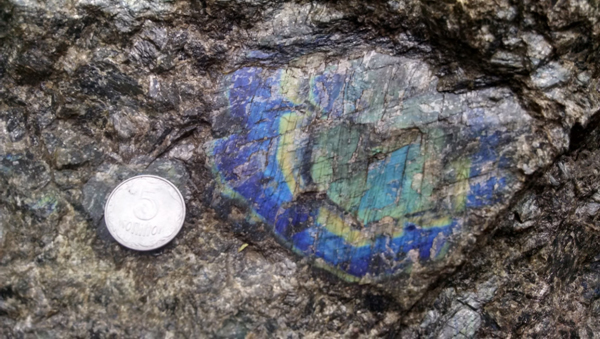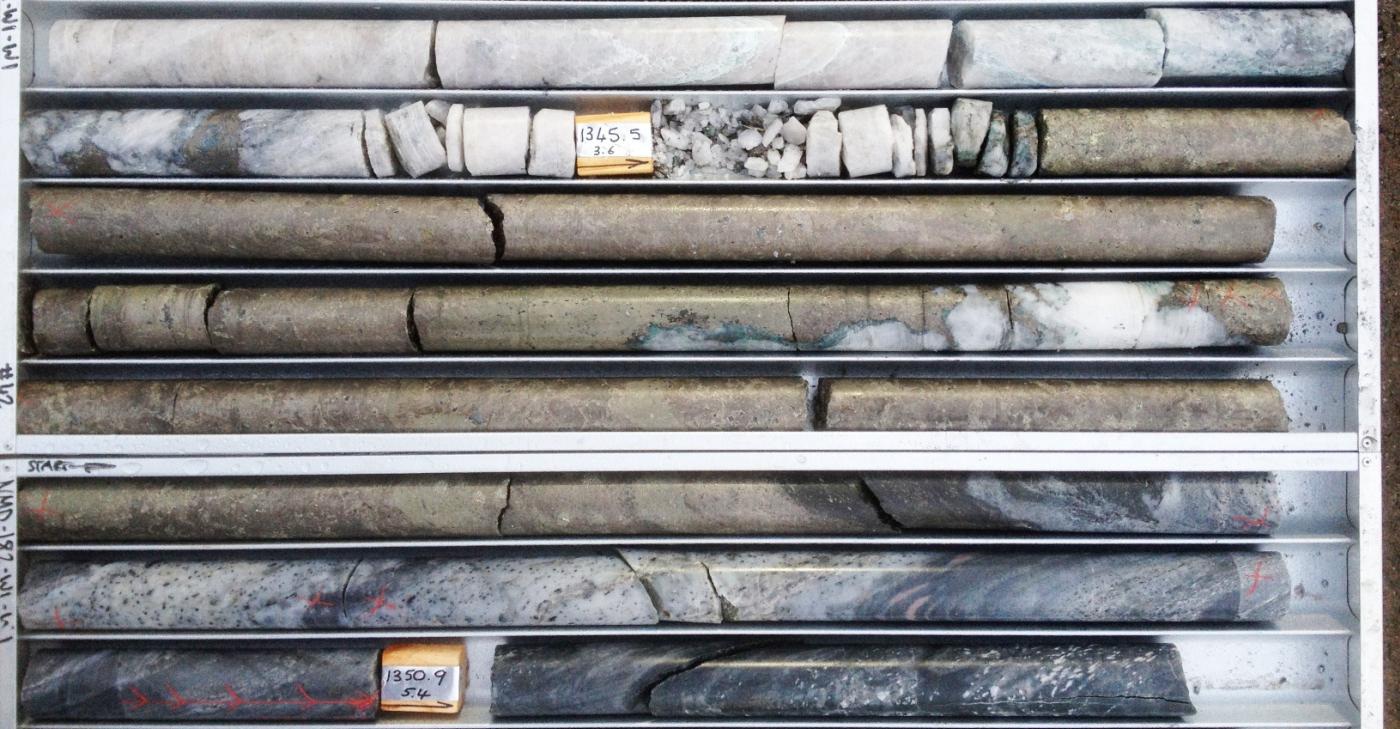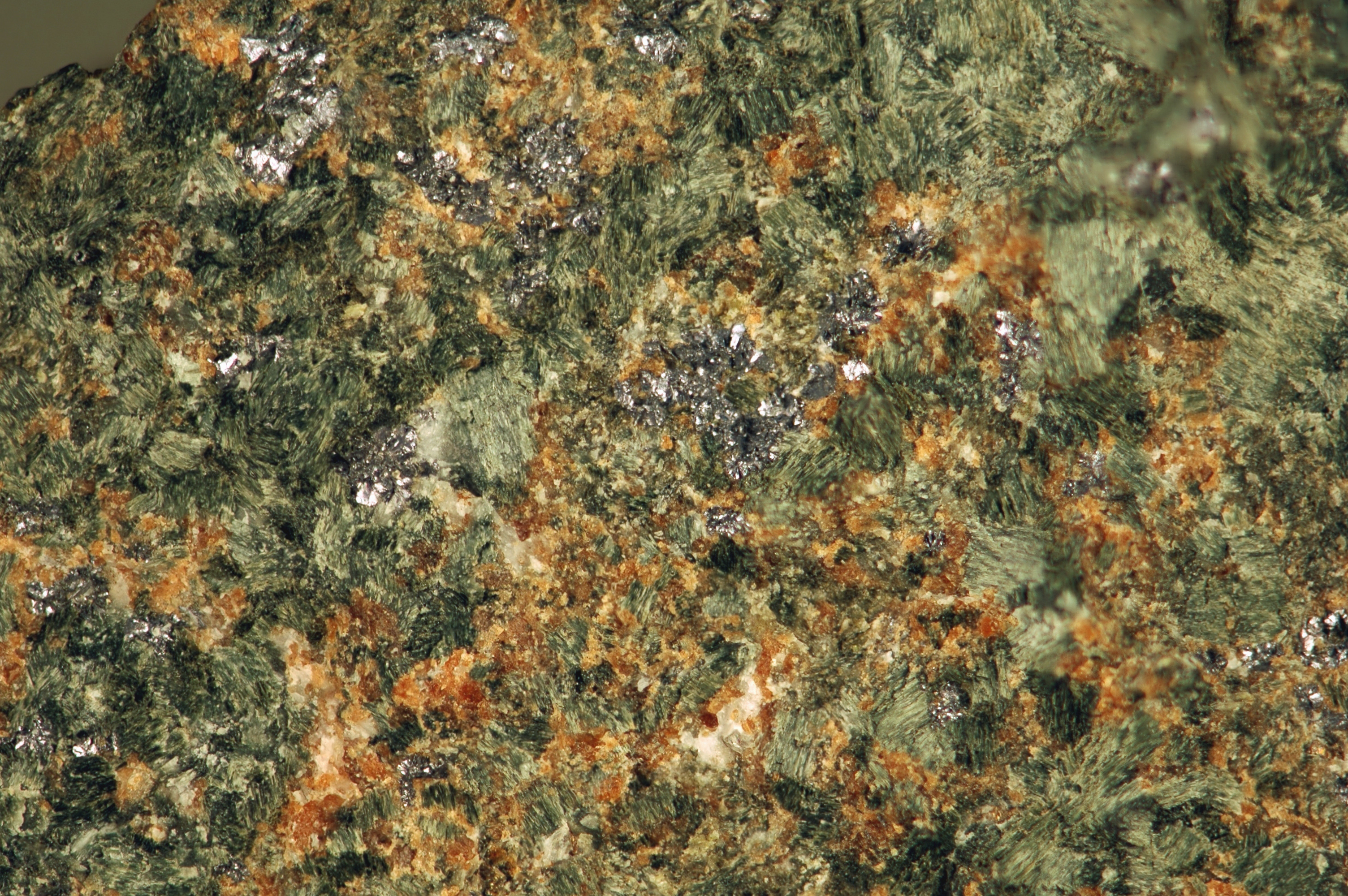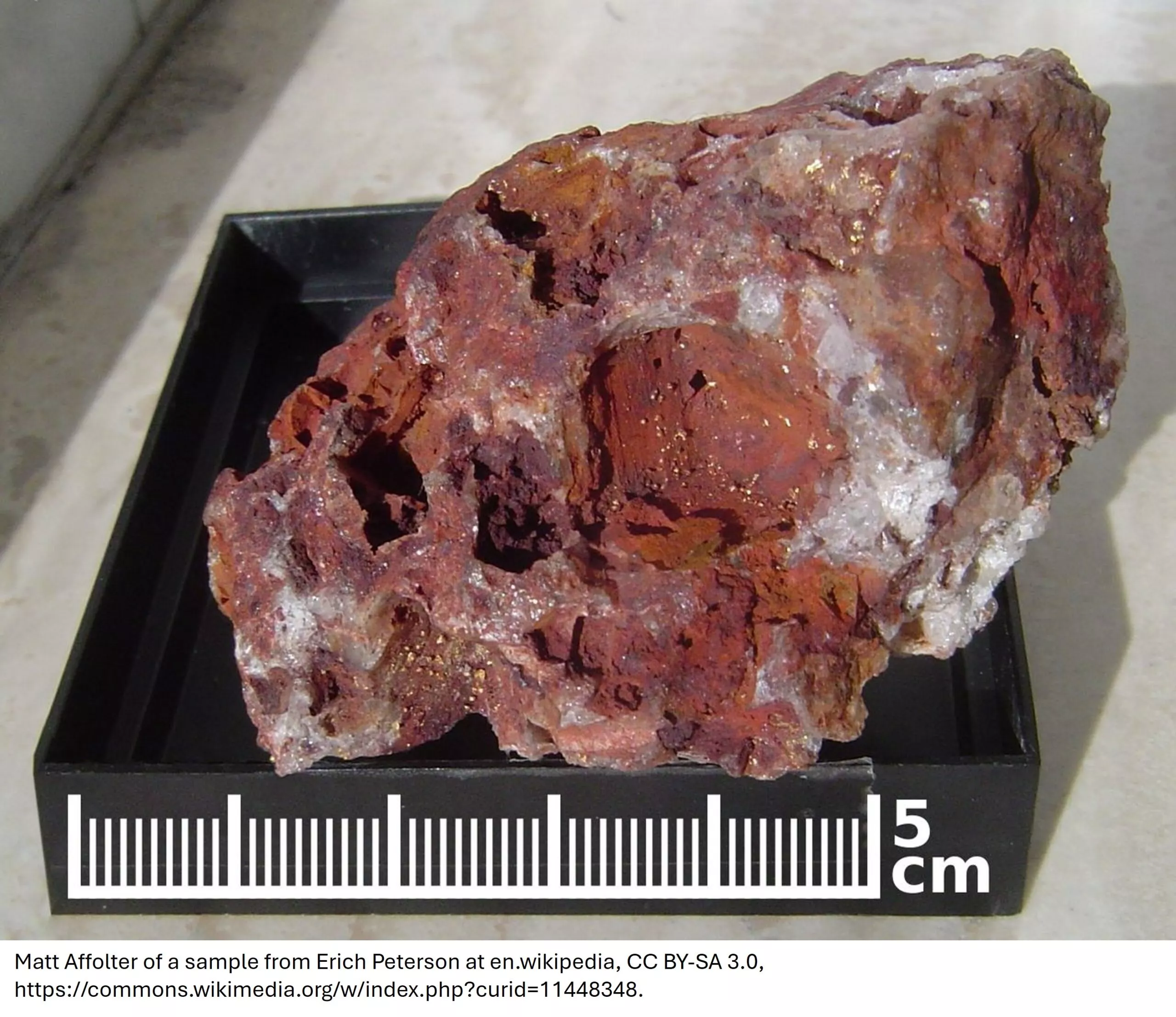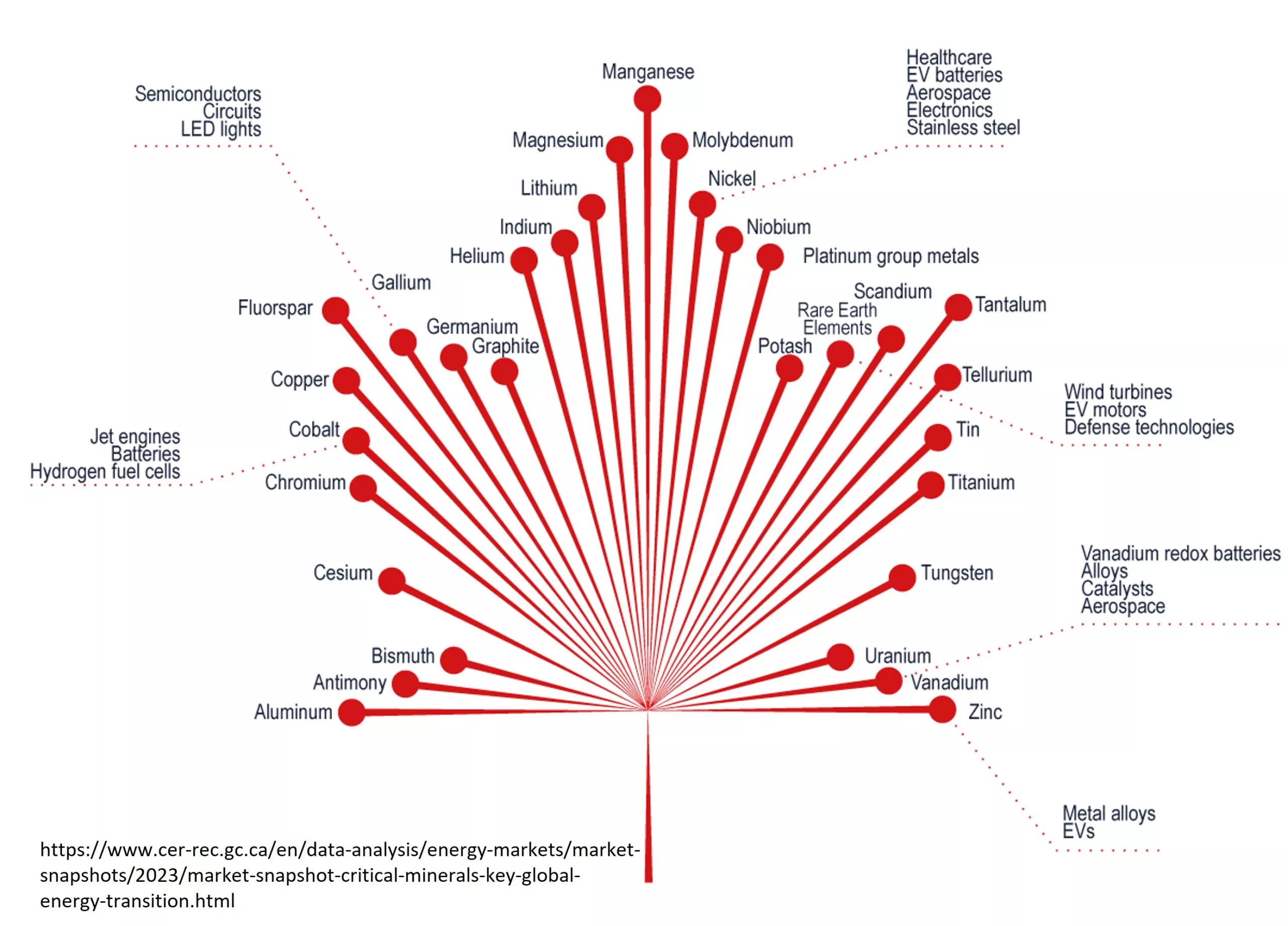Outline
When reviewing projects to evaluate if they are worthwhile investments, you may come across the term Mineral System. In the next few articles we’ll discuss what this increasingly popular concept means and why is it important for exploration efforts.
Introduction
The science involving mineral deposits was historically based on descriptive studies to define their host rocks, geometry, structural controls, and ore mineralogy. This eventually resulted in the development of mineral deposit models (e.g. copper porphyry, orogenic gold, skarn deposits, VMS deposits). These models have substantially improved our understanding of deposit-scale controls on the formation and distribution of mineralization. Yet, despite this improved understanding, mineral exploration remains an inefficient practice. This is evidenced by the difficulty in making major discoveries even with significantly increased budgets.
An alternative framework has gained increasing acceptance over the past 20 years – the Mineral Systems approach to understanding mineral deposits. Mineral Systems is a process-based methodology originally applied by the petroleum industry during its transition from land to offshore exploration. It involves understanding the geological processes that control the genesis and preservation of mineral deposits from the global to the deposit scale. Unlike the analogue-hunting exploration method traditionally used, this process-based approach has spatially predictive capabilities that can guide area selection at all scales.
Critical Components Of Mineral Systems
In practice, the mineral systems concept can be applied to exploration targeting by understanding the interplay of four critical processes – whole-crustal architecture, transient favourable geodynamics, fertility, and preservation. This article focuses on the first two processes. These critical processes are translated into targeting elements which can be mapped in various datasets including geological, geochemical, and geophysical. Each of these critical processes will be further detailed with examples of its application for the formation of different mineral systems (Figure 1).
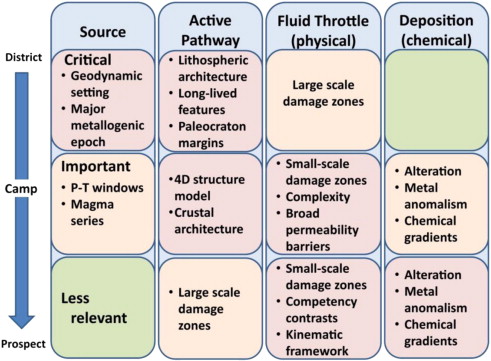
Whole-Crustal Architecture
When exploring for minerals, it’s important to consider the architecture, or make up, of the entire top layer of the Earth–the crust (Figure 2a). The consistent spatial and genetic relationship between large mineral deposits and basement structures has long been recognized. Yet these major discontinuities in basement geology are generally hard to recognize in superficial geologic mapping. They are often cryptic structures commonly covered by newly deposited volcanic or sedimentary rocks and are only expressed as lineaments (linear features on the Earth’s surface) (Figure 2b and c). These structures can be imaged at depth by large-scale geophysical surveys.
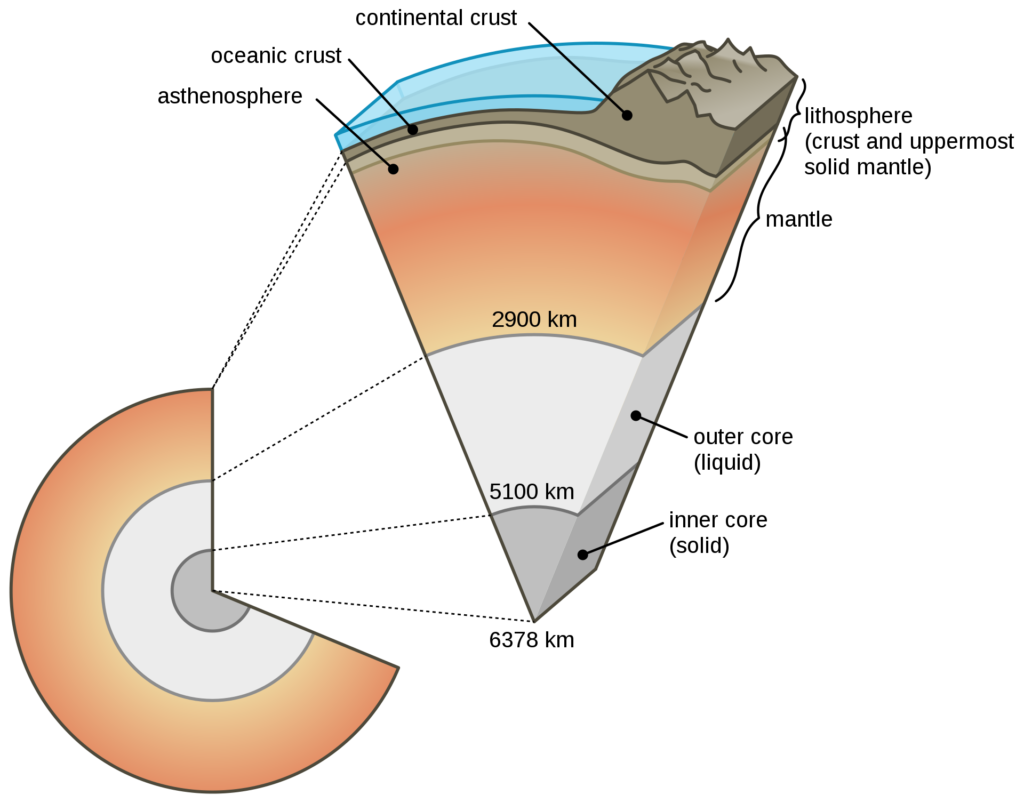
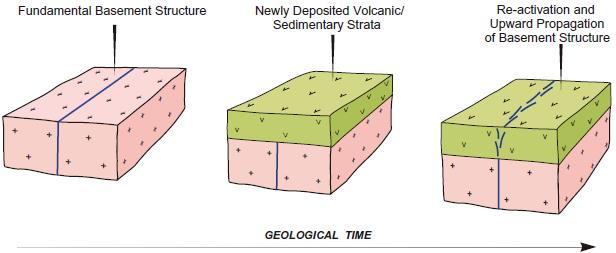
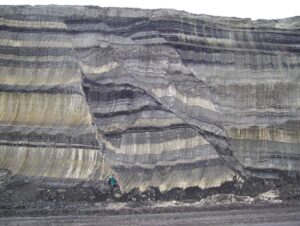
These major structures, crucial for enhanced permeability, are an optimal pathway to transport metal/fluid through the lithosphere (Figure 2a). They form extensive linear structural trends commonly located at lithospheric boundaries. Deep crustal boundaries and/or translithospheric structures can be imaged by isotopic data (Figure 3), Bouger gravity, seismic tomography data (Figure 4), and magnetotellurics.
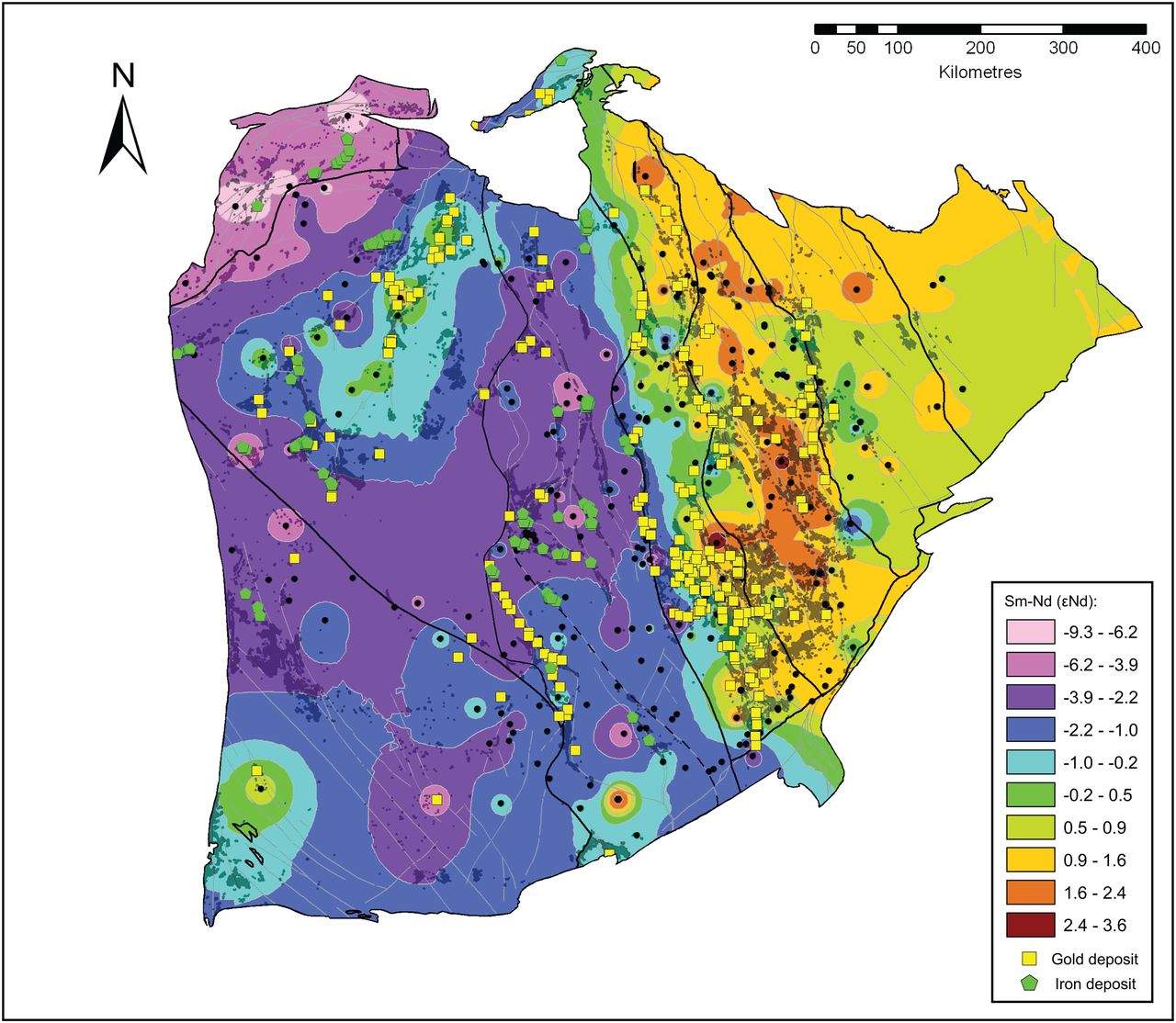

Transient Favorable Geodynamics
Recent advances in high-resolution geochronology (using minerals to determine a rock’s age) promoted a more accurate picture of the narrow timeframes in which ore deposits form (Figure 5). This is evidenced in the world’s most productive copper belt in the world – the South American Andes. Short periods of extreme compression are correlated with the largest and highest-grade copper deposits, whereas deposits associated with more extensional tectonics tend to be smaller and lower grade. In a broad scale, these mineralization-prone time slices are associated with the formation of different deposit types worldwide. This implies that global-scale geodynamic changes are ultimately related to the generation of ore deposits.
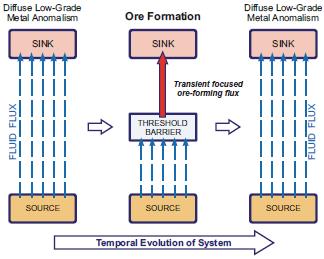
The concept of transient dynamics implies that an impermeable barrier overlying a reservoir of over-pressured fluids periodically breaks up during a short-lived event (i.e. a tectonic shift). This enables fluid flow from the reservoir and deposition of metal. An example of a tectonic shift commonly associated with ore formation is the transition from compression to transtension (areas characterized by both extensional deformation and lateral displacement). These tectonic shifts show close temporal distribution with greenstone belt-hosted orogenic gold deposits worldwide e.g. Yilgarn Craton and West Africa Craton. The way to apply this concept in regional targeting is to identify the spatial distribution of rocks that are temporally related to mineralization.
In part 2 of this series, we will present the remaining two critical processes in the mineral systems framework: fertility and preservation.

